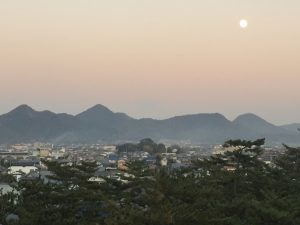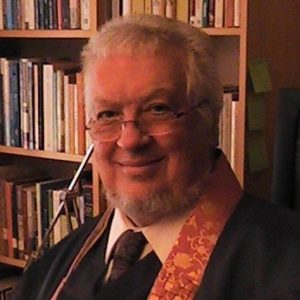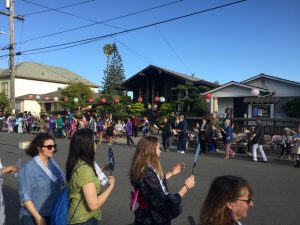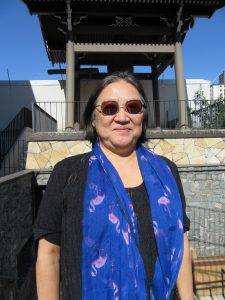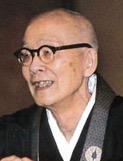
Buddhist scholar Daiei Kaneko represents a modern understanding of Jodo Shinshu Buddhism, although he’s not widely known in the West. An e-book, “A Thinking Person’s Guide to Shin Buddhism,” captures his thinking and helps explain Shinshu in contemporary terms. Continue reading “Daiei Kaneko’s Guide to Shin Buddhism”


